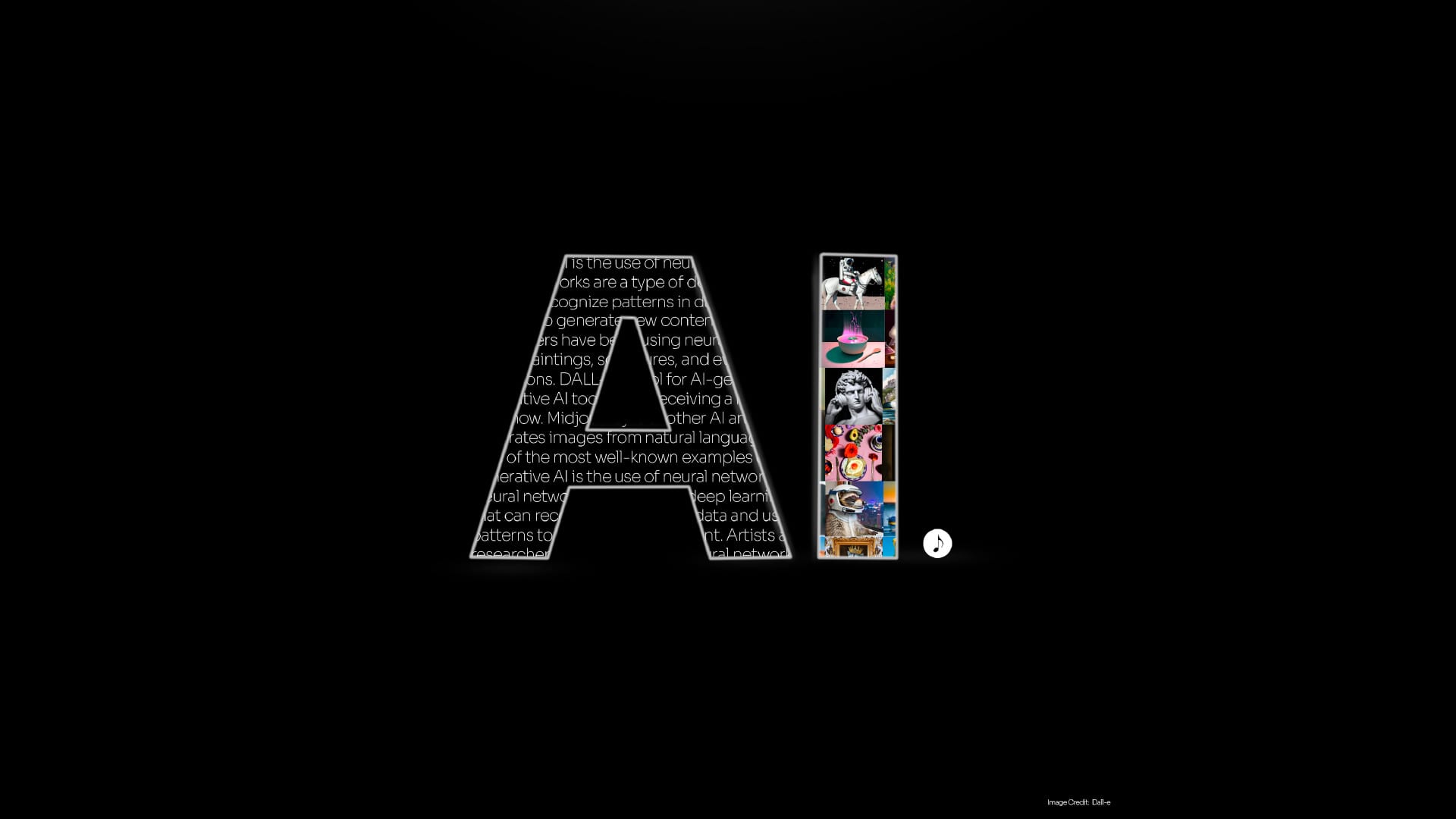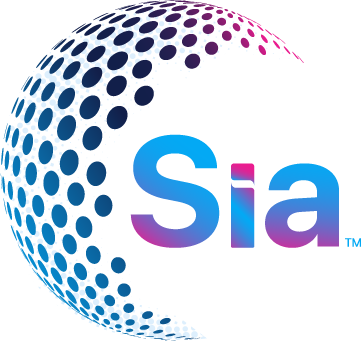Algorithms Transforming Art Music - Generative Al

Algorithms Transforming Art Music - Generative Al

The world of artificial intelligence technology (AI) is constantly evolving, with new technologies emerging all the time. One of the most exciting recent developments in the field is generative AI, which involves using algorithms to create new, original content. From art and music to text and video, generative AI is enabling machines to produce creative works that rival those made by human artists.
So how exactly does generative AI work? It uses a type of deep learning called generative adversarial networks (GAN). GAN model is a type of deep learning application that can learn to generate new data that is similar to a given dataset. The GAN model consists of two neural networks, a generator, and a discriminator, that are trained together in a competitive game-like setting. The generator creates fake data, while the discriminator tries to distinguish between real and fake data.
GAN model has been used for a variety of tasks, such as generating realistic images, music, and text. Generative AI involves training an algorithm on a large dataset of existing content. The algorithm then uses this training data to create new content that is similar in style or format to the original material. The key difference between generative AI and other AI applications is that the output is not predetermined; the algorithm creates something new and unique each time it is run.
Generative AI is made possible by recent advances in machine learning and deep learning algorithms. These algorithms allow computers to learn from large datasets and make predictions based on that data. In the case of generative AI, the algorithm learns the patterns and structures of the original content and uses this knowledge to create something new.
One of the most well-known examples of generative AI is the use of neural networks to create art. Neural networks are a type of deep learning algorithm that can recognize patterns in data and use those patterns to generate new content. Artists and researchers have been using neural networks to create paintings, sculptures, and even entire art exhibitions. DALL-E openAI, a tool for AI-generated art is a generative AI tool that is receiving a lot of attention right now. Midjourney is another AI art generator that generates images from natural language descriptions.
Another area where generative AI is making waves is in music. Researchers have trained algorithms to create new music based on existing compositions or genres. These algorithms can create entire songs or even entire albums, and some have even been used to generate music for video games and movies.
Text generation is another popular application of generative AI. Researchers have used algorithms to generate news articles, blog posts, and even entire novels. Some of these algorithms can even mimic the writing style of specific authors or imitate the tone of different publications. ChatGPT is an example of generative artificial intelligence that can be used to create new and unique content. ChatGPT is receiving a lot of attention now, a free chatbot that can generate an answer to almost any question it is asked.
The potential applications of generative AI are nearly limitless. For example, generative AI could be used to create more realistic virtual environments for video games or to generate personalized marketing content for individual consumers. In healthcare, generative AI could be used to create custom treatment plans based on individual patient data. DeepMind is another example of generative AI. DeepMind is an artificial intelligence technology that uses machine learning to solve problems that computers haven’t been able to tackle in the traditional sense, such as winning against humans at the game Go.
Of course, generative AI is not without its challenges. One of the biggest challenges is ensuring that the output of the algorithm is not biased or offensive. Since the algorithm is only as good as the training data it receives, there is a risk that it will reproduce the biases or prejudices of the original material. For example, if an algorithm is trained on a dataset of sexist or racist content, it may reproduce those biases in its output.
To address these concerns, researchers are working on developing more sophisticated algorithms that can recognize and correct for bias. They are also exploring ways to ensure that the input data is diverse and representative of different perspectives.
In conclusion, generative AI is a fascinating and rapidly evolving field that has the potential to revolutionize many industries. From art and music to text and video, generative AI is enabling machines to create new and original content that rivals that made by human artists. While there are still many challenges to be addressed, the possibilities for generative AI are truly exciting.





